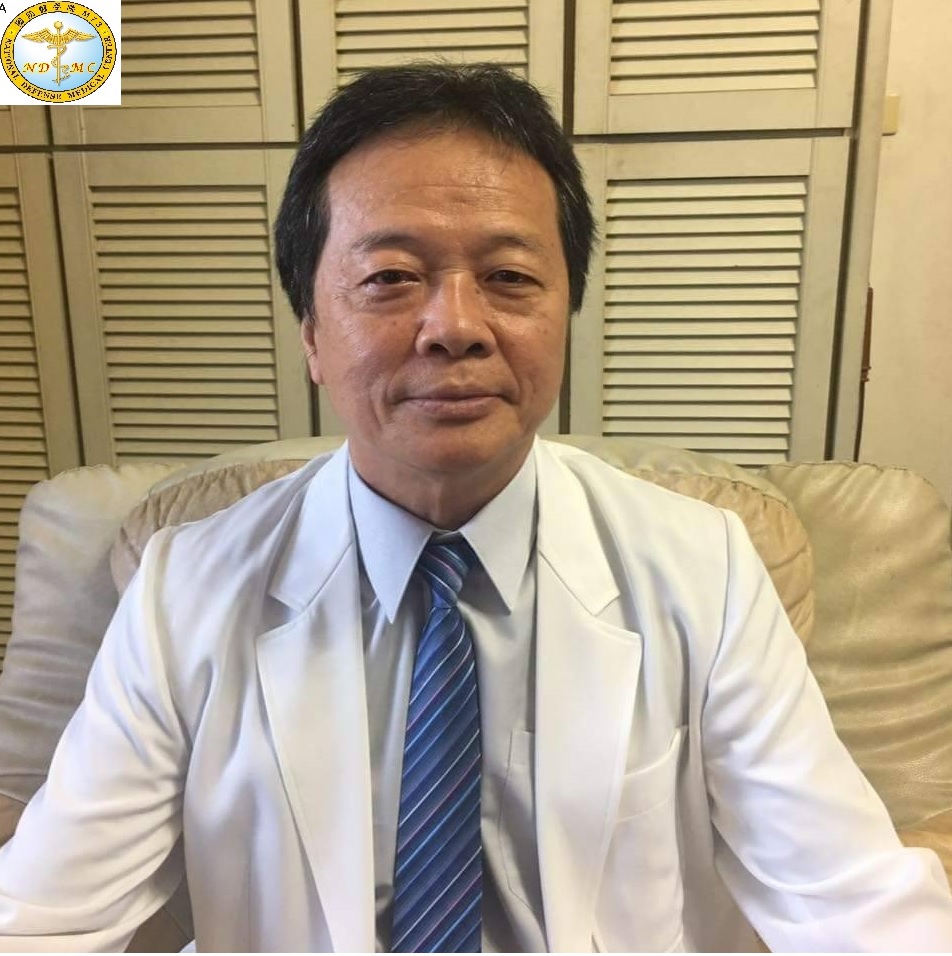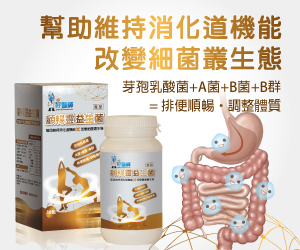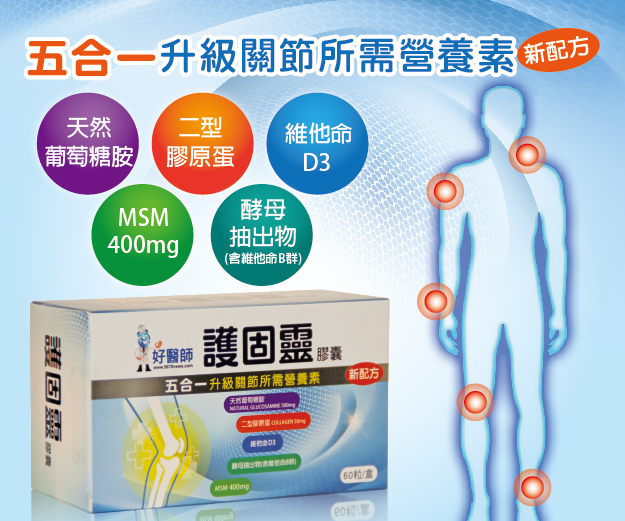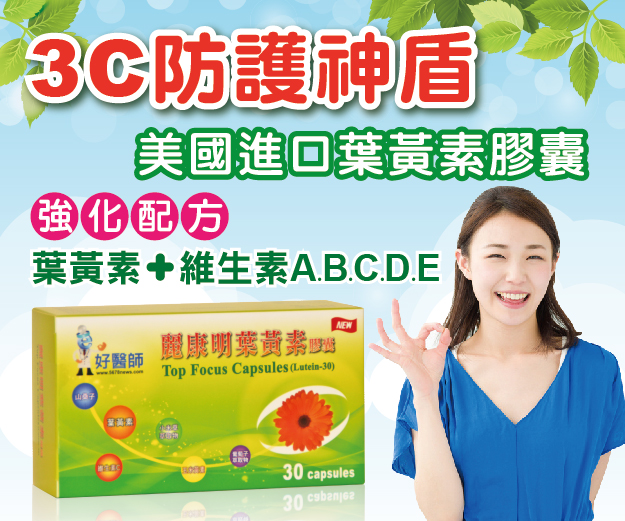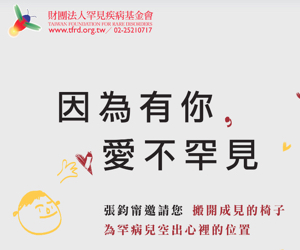By Dr. Chang Min-Chieh, Director of Chang Min-Chieh Clinic, Kaohsiung
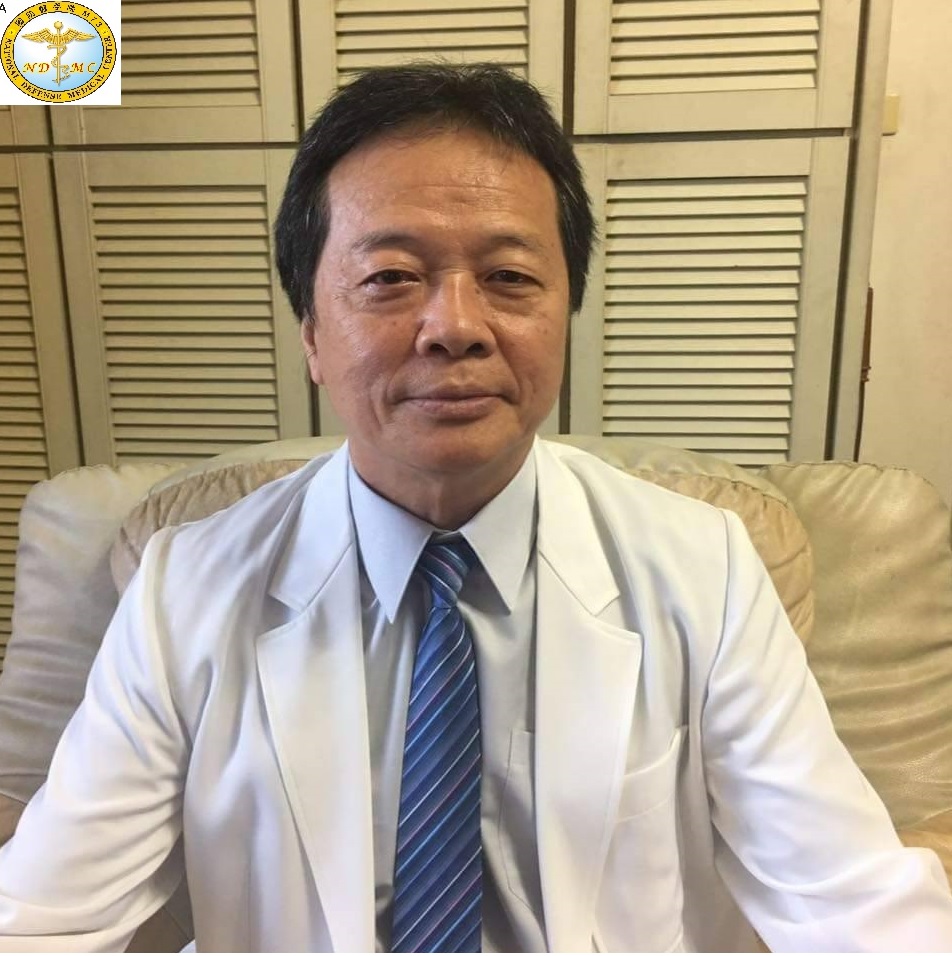
Research indicates that approximately 15% to 25% of women with infertility suffer from vulvar vestibulitis (VVD). Among those with recurrent miscarriage or repeated IVF failures, the incidence of concurrent VVD is even higher, reaching 30% to 50%, often associated with the presence of anti-uterus antibodies (AUA).
This type of chronic inflammation, triggered by the interaction between the immune and nervous systems, may interfere with embryo implantation and endometrial stability, leading to reduced chances of successful conception. Therefore, it is recommended that patients undergo a comprehensive gynecological evaluation before assisted reproductive treatments. If VVD is diagnosed, immunological and pain treatments should be prioritized to improve the uterine environment, increase IVF success rates, and reduce the risk of recurrent miscarriage.
Vulvar vestibulitis (VVD) is often an overlooked condition. It is considered an external manifestation of vagus nerve inflammation, representing a comorbid condition of vagal neuroinflammation. The main symptoms include burning pain, tenderness, and discomfort in the vulvar vestibule, particularly worsened by tight clothing or sexual intercourse. A key feature is that despite significant symptoms, pathological tests often show no abnormalities, leading to frequent misdiagnosis as a psychological issue, thereby delaying proper treatment.
A deeper investigation reveals that the core cause of VVD may involve dysfunction of the autonomic nervous system and sensory nerve hypersensitivity. The vagus nerve, being the only nerve that functions both as a somatic and visceral "interface nerve," plays a crucial role in this condition.
Case 1: Ms. Shih, age 30, married for two years, had been trying to conceive for over a year without success. Her OB-GYN reported no abnormalities. Upon examination at our clinic, she was diagnosed with VVD. After treatment, she became pregnant within four months, and later delivered a healthy baby.
Case 2: Ms. Huang, age 38, suffered from chronic back pain, shoulder and neck tension, headaches, and dizziness for many years, along with longstanding infertility. She was diagnosed with cervical polyps and VVD. After treatment, her pain symptoms improved by 90%, with a satisfaction rating of 10 out of 10. The happiest outcome was that she successfully became pregnant and gave birth to a daughter.








